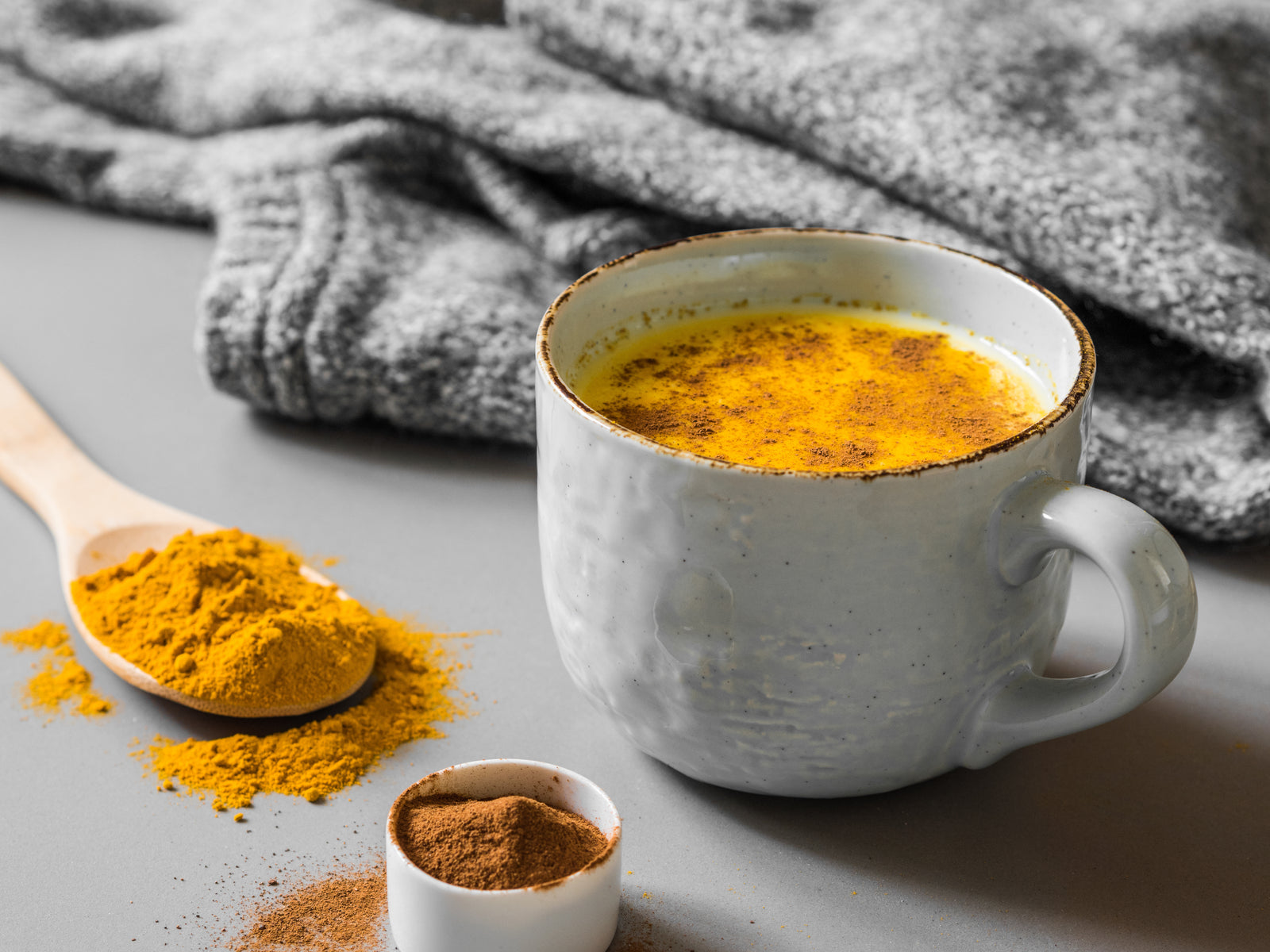How To Take Turmeric?

If you have read a few of our most recent blog posts, you’ll know that the popularity of turmeric has grown rapidly over recent years. With so many of us having a better understanding of how this bright, vibrant, spice can benefit so many parts of the body, skin, general wellbeing. If you wanted to know more about the full benefits of turmeric, there is a fully dedicated blog post over on The Health Insiders, so don’t forget to check it out.
The only problem you may face when trying to introduce this potent superfood into your daily routine, is the fact we are truly spoilt for choice. The variety of different ways you can take turmeric are so vast it can feel daunting and confusing trying to determine which one will work best of all. So, with that in mind, let’s explore how to take turmeric, but before we dive in, let’s have a quick recap about the main benefits of yellow spice.
What are the benefits of turmeric?
- Can help ease arthritis
- Reduces inflammation to the body, joints, and skin
- Helps support cognitive function
- Reduces the risk of heart disease
- Enriched in antioxidants
- Can support immune system
- Can help reduce the growth of cancer cells to increase
- Known to treat signs of Alzheimer’s disease
There are many more benefits you’ll experience when using turmeric every day and seeing as it’s a natural ingredient there are limited side effects. However, it is still a good idea to consult with a doctor or medical professional to ensure turmeric is the best ingredient.
What time of day should you take turmeric?
There is really no set time of day that is considered more effective than the other. Unlike some other supplements taking turmeric on an empty stomach wouldn’t necessarily increase the overall effectiveness of the spice. What you will find however is how the different ways you can introduce turmeric and curcumin extracts into your routine will have more of an impact on how they deliver results.
Another factor to consider is your overall health and conditions you have as this will determine how high your dosage should be and how often you should take it. As I have mentioned already, although turmeric is a natural ingredient, it does carry some side effects so always consult with your GP before taking any form of turmeric supplement.
When and how should you take turmeric?
The most common recommendation of taking turmeric is about 500 milligrams twice a day with food. This is generally considered the safest and easiest way to include the superfood into your diet. You can either have it with your breakfast, or later when it suits your lifestyle. Speaking of lifestyle, turmeric and curcumin extracts are regularly found in a variety of forms, here are some of the most popular used.
- Turmeric supplement capsules
- Powdered turmeric used in cooking
- Powdered turmeric used in coffee and hot drinks
- Freshly squeezed turmeric made into juice shot
- Turmeric extracts found in skincare formulations
- Chewable gummies enriched with multivitamins
Those are just some of the different ways you can take turmeric that have shown to be most effective and easy. If you wanted to know a little more about how much dosage you should be taking, check out our dedicated blog post “how much turmeric a day” over on our blog.
How much turmeric should I eat a day?
Many studies have shown that eating doses varying between 500-2,000 mg per day is considered on average a good place to start when taking turmeric. There are some precautions you must take which are remaining mindful that some supplement products could contain curcumin extract which has a higher potency. If too much of this is taken it can lead to several side effects, such as development of kidney stones and increase of bile in the stomach.
Another factor you must take into consideration is the diet you have, for examples, those who have an Indian diet will have on average 2,000-2,500 mg of turmeric per day. The volume of curcumin extract in the turmeric found in your spice cupboard is considerably lower so there should be minimal to no flare-ups in any side effects.
If it is specific concerns you are wanting to treat with turmeric, the daily dosage will vary so for high cholesterol, itchy skin, and osteoarthritis consult with your doctor to find the most effective amount. Try your best not to use turmeric as a long-term method of treating these concerns as the long-standing results are still lacking scientific evidence.
Is fresh turmeric better than powder?
Yes, many experts have suggested that fresh turmeric delivers effective and beneficial results compared to using turmeric powder. It’s suggested to leave the powder to use in your cooking whilst squeezing the fresh turmeric into juices, health shots, or to add into your morning latte. With its peppery and earthy flavour some find it a tricky ingredient to enjoy taking, counteract this concern by mixing it with lemon in your shots, or add it to warm water, lemon, and honey for a morning immunity boosting drink.
How is turmeric best absorbed?
Curcumin extract is the main compound found in turmeric and is known for being the most active packed with antioxidants, anti-inflammatory and antibacterial properties it really does carry a lot of benefits. The downside is curcumin is not well absorbed by the body, which is why you’ll often find black pepper is used in supplement blends as it is able to boost the ability for the body to absorb curcumin.
Can I eat raw turmeric?
Yes, you can, in fact ancient Indian traditions are known to include the raw turmeric into warm milk, water, and tea. This is something that is still used in modern day as a natural alternative to help combat signs of colds, flu, coughs, and chest infections.
There you have a little more information about how to take turmeric, don’t forget if you have any questions, come, and find us on Instagram.















